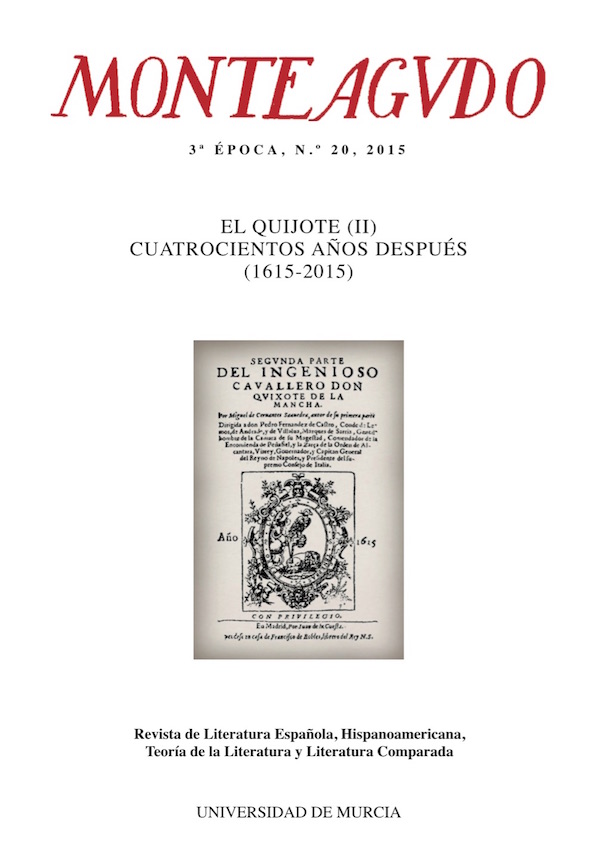El Caballero del Verde Gabán como modelo de vida
Abstract
The episode of the Knight of the Green Topcoat (Don Quixote, II, 16-18) is reviewed in order to conclude an interpretation of the character, opposed to don Quixote. Not only as a moral example, with respect to the stoicism and Christian epicureanism, but also as a social model. The character will stand for a mode of action guided by utility, as evidenced, among other reasons, by the type of hunting that he holds. Although, of course, far from the idea of public interest that the enlightened adopted as one of its main goals. This would be an active goodness, seeking advantage for themselves and their next. Establishing a model (not far away from the preud’hommie advocated by Pierre Charron in De la sagesse, 1601) that would reflect the moral and social change that occurs as a result of the new social and economic context and new conceptions that Humanism had helped to establish.
Downloads
-
Abstract471
-
PDF (Español (España))2064
The works published in this journal are subject to the following terms:
- The Publications Service of the University of Murcia (the publisher) retains the property rights (copyright) of the published works, and encourages and allows their reuse under the license of use indicated in point 2.
© Publications Service, University of Murcia, 2011
- The works are published in the electronic edition of the journal under a Creative Commons Attribution-NonCommercial-NoDerivatives 3.0 Spain license (legal text). They may be copied, used, distributed, transmitted and publicly displayed, provided that: i) the authorship and the original source of their publication (journal, publisher and URL of the work) are cited; ii) they are not used for commercial purposes; iii) the existence and specifications of this license of use are mentioned.







